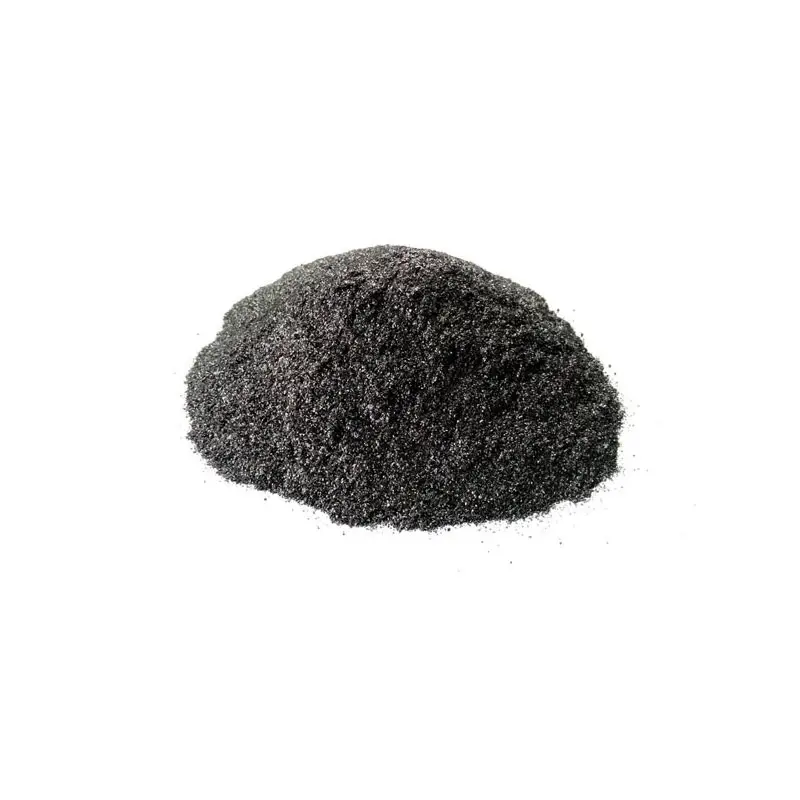In the world of metal casting, where precision, safety, and efficiency are paramount, the tools you use are as important as the materials you melt. At the heart of this process is the crucible, the vessel that holds and heats molten metal. Among the various types available, the clay graphite crucible stands out as the industry-standard choice for a wide range of applications.
This isn’t just a container; it’s a meticulously engineered piece of equipment designed to withstand extreme temperatures and corrosive environments. For B2B buyers in foundries, jewelry making, and industrial manufacturing, choosing the right clay graphite crucible is a critical decision that directly impacts melt quality, operational costs, and overall productivity.
Why Clay Graphite Crucibles Are the Industry Standard
The unique blend of clay and graphite gives these crucibles a set of properties that make them ideal for high-temperature applications.
- Exceptional Thermal Shock Resistance: Unlike pure ceramic crucibles that can crack under sudden temperature changes, the graphite in a clay graphite crucible provides excellent resistance to thermal shock. This allows for rapid heating and cooling cycles, reducing melt times and increasing efficiency.
- Superior Thermal Conductivity: Graphite is an excellent conductor of heat. This property allows the crucible to transfer heat from the furnace to the metal quickly and uniformly, ensuring a faster, more consistent melt with less energy consumption.
- Durability and Longevity: The combination of a clay binder and high-purity graphite results in a robust and durable product. A well-maintained clay graphite crucible can be used for numerous melting cycles, providing a long service life and a lower cost-per-melt.
- Chemical Inertness: The non-reactive nature of the material ensures that the crucible will not contaminate the molten metal. This is essential for applications requiring high purity, such as melting precious metals like gold and silver.
- Cost-Effectiveness: Their long lifespan, energy efficiency, and reliable performance make them a highly cost-effective solution in the long run, reducing both downtime and replacement expenses.
Key Applications Across Industries
The versatility of clay graphite crucibles makes them indispensable in a variety of sectors.
- Foundries and Industrial Casting: They are widely used for melting non-ferrous metals such as aluminum, brass, bronze, and copper to produce industrial parts, automotive components, and marine fittings.
- Jewelry and Precious Metals: Due to their ability to maintain the purity of the melt, they are the preferred tool for jewelers and refiners for melting and casting gold, silver, platinum, and other precious alloys.
- Research and Metallurgy: In laboratories and R&D facilities, these crucibles are used for experimental metal melting and alloy development, where precise control over the melt is required.
- Scrap and Recycling: They play a vital role in the recycling industry for reclaiming scrap metal, where their durability and resistance to contaminants are highly valued.
Choosing the Right Crucible for Your Needs
Selecting the correct clay graphite crucible is essential for optimizing your melting process. Consider these factors when sourcing:
- Size and Capacity: Choose a crucible that fits your furnace specifications and has the appropriate volume for your typical batch size. Using a crucible that is too large or too small can lead to inefficiency and damage.
- Material Grade: Crucibles are available in different grades tailored to specific applications. Higher grades may offer enhanced durability or chemical resistance for specialized uses.
- Supplier Reputation: Partner with a reputable manufacturer or distributor known for quality control, consistency, and technical support.
- Accessories: Ensure you also source compatible tongs, pouring shanks, and a well-fitting lid to prevent heat loss and protect the melt from contamination.
Conclusion
The clay graphite crucible is a foundational component for any business involved in melting metals. Its exceptional thermal properties, durability, and ability to maintain melt purity make it a smart and reliable investment. By understanding its key features and selecting the right product for your specific application, you can enhance your operational efficiency, ensure product quality, and safeguard your long-term profitability.
FAQ
Q1: How long does a clay graphite crucible typically last? A: The lifespan of a clay graphite crucible depends on several factors, including the type of metal being melted, the temperature, the frequency of use, and proper handling. With good care, it can last for dozens of melting cycles, providing a long service life.
Q2: Can a clay graphite crucible be used for melting steel? A: Clay graphite crucibles are primarily designed for melting non-ferrous metals like copper, aluminum, and brass. While they can withstand high temperatures, they are not typically recommended for melting steel due to the much higher temperatures and chemical reactions involved, which can shorten the crucible’s life.
Q3: What is the best way to care for a new crucible? A: To maximize a new clay graphite crucible‘s lifespan, it should be slowly preheated (or “cured”) to remove any residual moisture before its first use. Avoid dropping it or hitting it, as this can cause hairline cracks that may lead to failure.
Q4: Is a lid necessary when melting metals? A: Yes, using a lid is highly recommended. A lid helps to retain heat, which speeds up the melting process and saves energy. It also prevents contamination from airborne particles and oxidation of the molten metal, ensuring a cleaner final product.
Post time: Sep-02-2025
